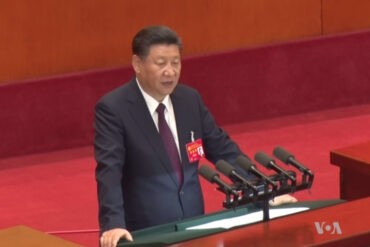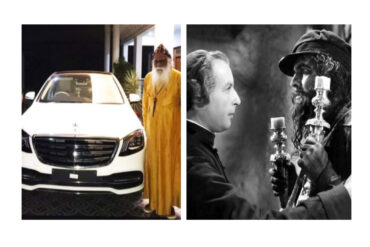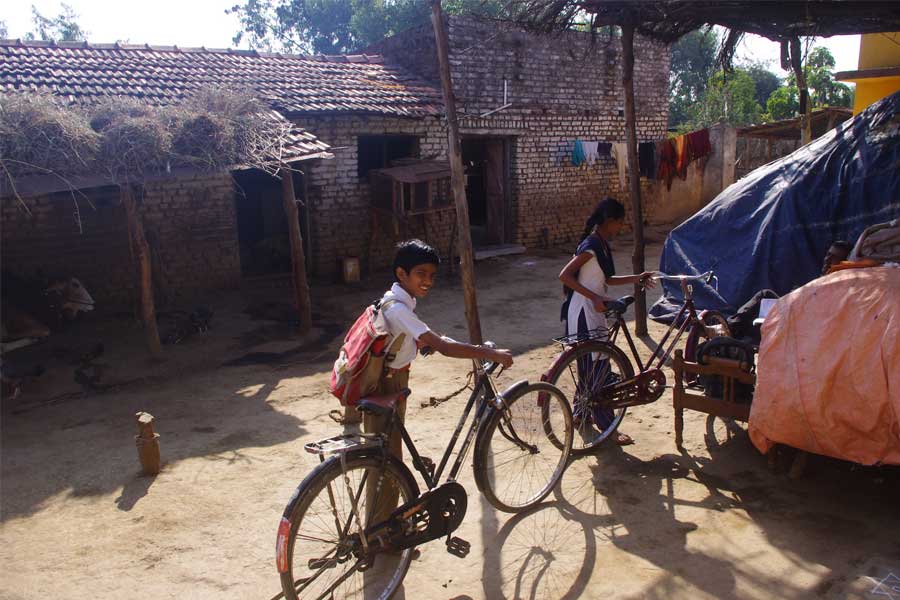Finance Minister Nirmala Sitharaman, like most of the Indian government, lives in the city. However, that’s not true for most of India which lives in the villages. This difference has been evident in the policy and politics, and even the future vision of the government.
Sitharaman recently intrigued the nation with her comment that the slump in automobile industry was due to the millennial ‘mindset’ of using Ola and Uber instead of buying automobiles. Possibly, she was referring to the downturn in consumption by millennials, an important segment of consumers in the country. But, are all millennials urban and privileged? What about the rural millennials whose daily wage may not pay for one Ola or Uber ride? Or do they not count in the Indian democracy?
They do, for the numbers speak for them. The millennial population in India is about 450 million, of which 67 percent live in rural India (Kantar IMRB Report, 2019). These millennials comprise 36 percent of the entire rural population in India of 833 million (Census, 2011). Further, 80 percent of the earnings of a rural household are contributed by them (Kantar IMRB Report, 2019). Therefore, any rural consumption is driven by the income of rural millennials and would have significant impact on the overall economy.
Most of the income of the rural millennials is earned through agriculture, a sector that employs 55 percent of all the workforce in the country. However, the contribution of the sector to economy is only around 17 percent, which flags two important issues; one, there is a serious crisis in rural India, where wage and income of a majority is dependent on a sluggish sector, leading to tenacious poverty; and two, it would be futile to depend on the rural economy to revive the present economic slowdown, by only providing short-term solutions.
The economic slowdown, which is now making headlines in urban India, has been evident in rural areas for more than a decade. Neither have successive governments addressed it with strategy, nor is the present government doing so.
There have been several constant and severe economic indicators of the rural crisis. One, the share of agriculture in total GDP has been declining since the nineties; in 1997-98, it used to be about 25 percent (Niti Aayog), while in 2018-19, it is down to 16 percent (RBI). Two, the declining growth rate of the sector has been evident; from 6.3 percent in 2016-17, 5 percent in 2017-18 and to just 2.9 percent in 2018-19 (PRS, 2019). Three, the landholdings have been shrinking, especially among the most vulnerable marginal farmer category; marginal farmers account for 68 percent of total landholdings in 2015-16. (Agricultural Census, 2015-16).
The economics of rural millennials includes farm and non-farm incomes, household expenditure, health, education, and other expenses. Let us examine just one of these aspects—education—which is considered crucial for employment and rural development. For a rural millennial from the households belonging to the above-mentioned 67 percent—the marginal farmers who own less than 2.5 hectares of land—education is seen as the only way out of the crisis.
School education is free in government schools, but its poor quality necessitates additional tuitions. For a family that earns not more than Rs 80,000 to Rs 1 lakh per year on an average, the expenditure on tuitions could be up to Rs 40,000 per child. If there is more than one child, preference is often given to the male child, while the girls either drop-out of schools and/or begin work on agricultural fields for wages.
According to ASER 2018 (Rural) report, the enrollment of children between 6 to 14 years has been above 95 percent for the past 10 years since 2007. This means almost every child in rural India, every rural millennial, has had schooling. But the troubles of the rural millennials do not end if they continue with schooling; a high percentage of rural students even in higher classes are poor with arithmetic, reading and writing. Even for those who find proper education, there are few chances of employment, for unemployment is at 45-year-high at 6 percent for 2017-18, according to NSSO, and about 8 percent according to Centre for Monitoring Indian Economy (CMIE) 2019.
The rural millennial, despite low income, inadequate education and acute unemployment, is no match for the urban millennial who chooses between a car and a cab. Yet, it is the rural millennial who has been driving the rural demand and consumption, the reason why the economic slowdown has been at bay until now. So, why is the rural millennial invisible to the government? What plans does the Finance Minister have to ensure that in the next quarter, a significant number of rural millennials will find jobs?
When the young men and women in rural India can afford an Ola or Uber, the economic crisis will begin easing. For a better economy, the government has to rework its priorities, put rural income before rural consumption and choose long-term solutions over short-term remedies.
Pic credit: Kota Neelima







